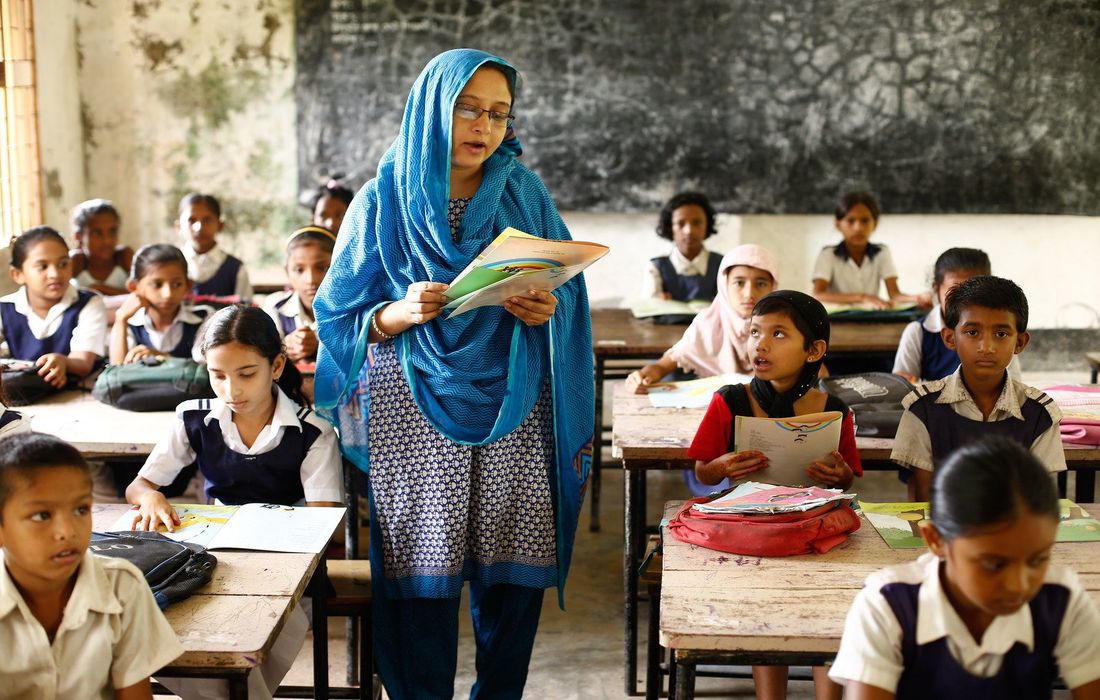GET IN TOUCH
- Please wait...

The Education and Technology sector has been allocated BDT 66.4 billion, which translates to 11.69% of the 2020 Budget’s total amount and 2.09% of GDP. The total amount allocated to the sector and the split of the allocation between the different divisions and ministries have raised concerns amongst educationists and academics [1] for several reasons.
First and foremost, the amount allocated to the education sector as a percentage of the total budget and GDP reflects almost no change from the revised allocation in 2019–20, which was 11.84% of the total budget and around 2% of GDP. [1] The past year’s allocation was criticized as too low, even in pre-pandemic times.
The allocation of 2% of the GDP to the education sector falls severely short of UNESCO’s recommendation of 6%. [2] Bangladesh also lags most of its South Asian neighbors on expenditure on primary education—according to the 2019 World Bank Report ‘Bangladesh: Learning Poverty Brief’, primary education expenditure per child was 72.1% below the average for the South Asia region (Sri Lanka spends 6 times as much as Bangladesh).
As a result, learning poverty, which is defined as the ability to “read and understand a short, age-appropriate text by age 10”, in Bangladesh falls short of the average for lower-middle-income countries by 2.1 percentage points. [3]
Even pre-pandemic the consequences of frugal allocation to the education sector, especially primary education, could be considered detrimental. The median age of the population is 27 years, and therefore, the economic and social benefits of a highly-skilled, young workforce would be limitless.
Bangladesh sends high volume of migrant workers to combat poverty through remittances and is ranked 6th among migrant origin countries in 2020. However, over 60% of the workers are classified as ‘less-skilled’ or ‘semi-skilled’ and are subjected to lower wages than skilled workers from other nations. [4]
Furthermore, Bangladesh is the second-largest supplier of online labor, dominating 16% of the market share and lagging neighbor India by 8% points. [5] Therefore, investments in high-quality education, especially primary education, would be the first step towards pivoting to a high-value migrant and online workforce, which could lead to more robust, and even shock-proof, economic growth.
The previous and current years’ budget allocations, however, fails miserably to make any progress towards any such step. The adverse effects of prudent allocation to the education sector will be exacerbated by the effects of the pandemic.
Unfortunately, as mentioned previously, it seems as if the allocation to the education sector and the split of the allocation among Primary, Secondary, and Madrasa education divisions have failed to take the detrimental effects of the pandemic into account.
The current budget allocates 38% of the education sector’s amount to primary education, which is 2 percentage points less than the revised allocation in 2019–20. Educations and academics have already stated that the frugal allocation to the education sector, combined with income-crippling effects of the pandemic, could lead [6] to higher rates of school dropouts, child labor, and child marriages.
The first consequence, higher school dropouts, is perilous as it has multiple effects on the latter ones. According to UNICEF’s 2018 report ‘A Scoping Analysis of Budget Allocations for Ending Child Marriage in Bangladesh’, 52.3% girls in Bangladesh were married before the age of 18. The report also states that dropping out of school is likely to worsen child marriage rates for girls and child labor rates for boys. [7]
To combat the woes of the education sector, such high rates of learning poverty, school dropouts, child marriage, and child labor, that existed pre-pandemic and are likely to worsen afterwards, policy makers need to not only allocate a higher proportion of the budget to the sector, but rethink the split between the different ministries/divisions.
Data on the aftershocks of the pandemic, such as primary, secondary, technical and madrasa school dropout rates due to the pandemic would be instrumental in formulating the revisions. The revised budget must also incorporate funds for subsidizing online learning technology and providing students with financial assistance/cash stipends.
Such revisions, at a minimum, will keep students engaged and prevent escalating school dropout, child marriage, and child labor rates. Deployed efficiently, these revisions may even minimize learning poverty, resulting in a more skilled workforce.
Author: Farah Hamud Khan Senior Business Consultant, LightCastle Partners Ltd.
As part of LightCastle’s budget analysis, we look into the direct and indirect impacts of this year’s budget on different sectors. While some of the sectors have received significant policy assistance, others have been cast aside in the government’s attempt to salvage additional revenues for financing the budget. The economic contribution and perceived importance of the sector were key considerations while deciding whether the sector will be eligible for policy support. In this write-up, we look into the immediate term impacts of the budget on the Education sector.
Our experts can help you solve your unique challenges
Stay up-to-date with our Thought Leadership and Insights